Fermenting has been a traditional technique used for centuries to preserve foods and enhance their nutritional value. Transforming a few pounds of cabbage into sauerkraut is one of the simplest fermented foods to learn. We enjoy it as a side dish, on hot dogs, or even as a soup garnish.
What makes this sauerkraut beneficial for you? During fermentation, cabbage generates billions of advantageous bacteria. Because it’s homemade (and not pasteurized like store-bought versions), these bacteria remain active and can support a healthy gut flora.
Homemade sauerkraut is one of the most cost-effective and straightforward ways to incorporate probiotics into our diets!
Sauerkraut: Why Make It from Scratch?
Simply put, it’s cheaper, healthier, and far tastier!
Being partly German, I’ve always had a fondness for sauerkraut. However, aside from authentic German eateries, good sauerkraut is hard to come by. Naturally, the solution was to make my own. Sauerkraut was the first thing I gathered the courage to ferment, and it holds a special place in my kitchen and heart.
Sauerkraut offers all the benefits of traditional fermented foods, including a high concentration of natural probiotics. Lactic acid fermentation, driven by beneficial Lactobacillus bacteria, transforms cabbage into the delicious, salty product we love.
Often, store-bought sauerkraut is cooked, which kills the beneficial bacteria. While a few reputable brands like Bubbies are excellent, they can be costly.
The Kraut-Making Process: Sauerkraut 101
The term “sauerkraut” translates to “sour cabbage” in German, yet creating kraut does much more than just souring cabbage!
As mentioned earlier, Lactobacillus bacteria are the key players in this process. These bacteria are naturally present in fruits, veggies, on our skin, and within our bodies. They’re usually harmless and beneficial. Lactobacillus bacteria have two significant traits that make them ideal for fermentation:
- They thrive in an anaerobic (oxygen-free) environment.
- They can withstand salt better than many other bacteria types.
This enables the fermentation of cabbage under a brine in an oxygen-free setting without harming the Lactobacillus bacteria. Many other bacteria types don’t tolerate salt or the lack of oxygen well. The lactic acid fermentation process allows the beneficial bacteria to thrive while deterring harmful bacteria.
If this sounds complex, don’t worry—the recipe itself is quite simple!
Homemade Sauerkraut Recipe
Enjoy crispy, perfectly salty kraut for months! Make your own sauerkraut in just 30 minutes of hands-on time. This traditional homemade sauerkraut is packed with healthy probiotics.
Ingredients:
- 2 heads of cabbage (about 5 lbs)
- ¼ cup of salt (refer to tips below)
- 1-2 TBSP of caraway seeds (optional)
Instructions:
- Wash all equipment, work surfaces, and your hands with warm soapy water.
- Remove outer leaves and cores from the cabbage. Slice the cabbage into quarters for easy handling, then finely slice it into thin ribbons using a mandolin, knife, or food processor.
- Place the shredded cabbage in a clean large bowl, sprinkle with sea salt, and massage with your hands for about ten minutes. Initially, it might seem ineffective, but after a few minutes, the cabbage will release liquid. By the end, there should be enough liquid to cover the cabbage in your jar or crock. Add caraway seeds if using.
- Firmly pack the cabbage and caraway seeds into jars or a fermentation crock. Pour any remaining liquid from the bowl on top. If necessary, add just enough water to ensure the brine covers the cabbage completely. If the cabbage is fresh, additional liquid may not be needed.
- Add fermentation weights and seal the jar or crock. If using a mason jar, place a smaller jar inside as a weight and cover with a cloth and rubber band.
- Allow it to ferment at room temperature for 2-5 weeks. Fermentation begins within a day and takes 2-5 weeks, depending on temperature and preferred tartness. After two weeks, check for the desired tartness. The sauerkraut is slightly fermented after a few days, but the best flavor is typically achieved at the 2-3 week mark. Taste frequently and stop fermenting when the desired flavor is obtained.
- Once done, the fermented sauerkraut can be eaten immediately or stored in the refrigerator for up to six months.
- Enjoy! Sauerkraut is delicious on its own or added to salads, soups, or meats.
Nutrition Facts
Homemade Sauerkraut Recipe
Amount Per Serving (0.5 cup)
- Calories: 30
- Calories from Fat: 2
- Fat: 0.2g (0% Daily Value)
- Saturated Fat: 0.04g (0%)
- Polyunsaturated Fat: 0.03g
- Monounsaturated Fat: 0.05g
- Sodium: 1789mg (78%)
- Potassium: 198mg (6%)
- Carbohydrates: 7g (2%)
- Fiber: 3g (13%)
- Sugar: 4g (4%)
- Protein: 2g (4%)
- Vitamin A: 113IU (2%)
- Vitamin C: 42mg (51%)
- Calcium: 49mg (5%)
- Iron: 1mg (6%)
- Percent Daily Values are based on a 2000 calorie diet.
Notes: It’s normal to see bubbles, white scum, or foam on top during fermentation. You shouldn’t see mold. If you do, scrape it off the top and ensure the rest of the cabbage is submerged. Cabbage below the brine level should be fine.
The Right Equipment Makes a Big Difference
Although sauerkraut is easy to make, having the right equipment simplifies the process. Since kraut is among the most budget-friendly real foods along with sardines, it’s worthwhile to invest in a few cost-effective tools. This way, you can regularly include it in your diet. There are a couple of methods to consider:
Option 1: A Glass Mason Jar
The simplest method involves using a basic glass jar. Even a quart-size mason jar will suffice, though many people prefer a half-gallon size to make more at once. Some use a plastic bag filled with water to seal the jar from air, but given my concerns about plastic, I discourage this. Instead, consider these tools:
- Glass fermentation weights: Keep the cabbage submerged in the brine, protecting the fermentation environment. A small glass jar filled with water or stones that fits inside the larger jar can also work.
- Fermentation lids: Various options exist for this. I personally like these silicone fermentation lids.
Whatever gear you choose, it’s advisable to have both a weight and a fermentation lid. These tools are also useful for making kimchi and pickles!
Option 2: A Fermentation Crock
I favor the traditional approach of fermenting sauerkraut in a crock. For one, it allows you to use a traditional stoneware crock, which looks appealing (like this one). This method is easier, and a quality crock is often less expensive than the weights, lids, and jars needed for the mason jar approach.
If you’re unsure about making your own sauerkraut, starting with the mason jar method might be best. If you enjoy it, a fermentation crock can streamline the process.
How to Make Homemade Sauerkraut Tips
Some tips for crafting the best homemade sauerkraut:
- Use fresh cabbage: Red, green, or any colored cabbage works. Opt for fresh cabbage for a crisper finished sauerkraut. I enjoy making fermented cabbage with fresh-picked produce from my garden or the farmers market.
- Maintain cleanliness: Since the process relies on specific bacteria for fermentation, it’s vital to eliminate as many unwanted bacteria as possible. There’s no need to bleach, but ensure the jar or crock is well-washed with warm soapy water, and clean your hands thoroughly.
- Eliminate air: As mentioned earlier, beneficial bacteria require an anaerobic environment to ferment properly. Use any of the described methods to achieve this.
- Use the right amount of salt: Salt is crucial, not only for flavor but for safe, proper fermentation. It’s possible with as little as 1 tablespoon of salt per quart of sauerkraut (2 tablespoons total for this recipe), but doesn’t work well with less. The amount of salt depends on the cabbage’s weight.
- Salt ratio: Salt should be approximately 2% by weight. I weigh the cabbage, then calculate 2% of its weight to determine the salt amount needed. High-quality salt works best, and I recommend using this one.
- Maintain a moderate temperature: In my experience, kraut ferments best at around 64-67 degrees Fahrenheit, but anything from 60-70 degrees works well. Cooler temperatures slow fermentation, while warmer conditions can speed it up too much. Cabbage is often freshest in cooler months, and room temperatures are ideal at these times. During warmer months, I keep kraut near AC vents or in a cool, dark pantry corner.
- Stop the fermentation: Once desired fermentation is achieved, refrigerate the sauerkraut to halt the process. It can be stored for up to six months if kept cool and the kraut remains beneath the brine.
Sauerkraut Health Benefits
Now that you’ve prepared some tasty kraut, savor its numerous benefits. It’s not only delicious but also offers nutritional advantages:
Probiotic Powerhouse
If buying high-quality probiotics isn’t feasible, consider making sauerkraut. It contains billions of naturally occurring beneficial bacteria. Probiotics support a healthy balance of gut bacteria and, according to some studies, are vital for mental health, digestive health, and immune function.
Vitamins B & C
Cabbage is a natural source of B vitamins and vitamin C. Fermentation enhances the availability of these nutrients, making sauerkraut potentially more nutritious than cabbage itself.
Good for Digestion
Sauerkraut is often included in diets like the GAPS protocol to heal and seal the gut. Many individuals find sauerkraut to be soothing and beneficial for digestion.
Antioxidants
Sauerkraut is a rich source of lutein and zeaxanthin, antioxidants known for their eye health benefits.
Do you enjoy sauerkraut? Have you tried making your own? Share in the comments!




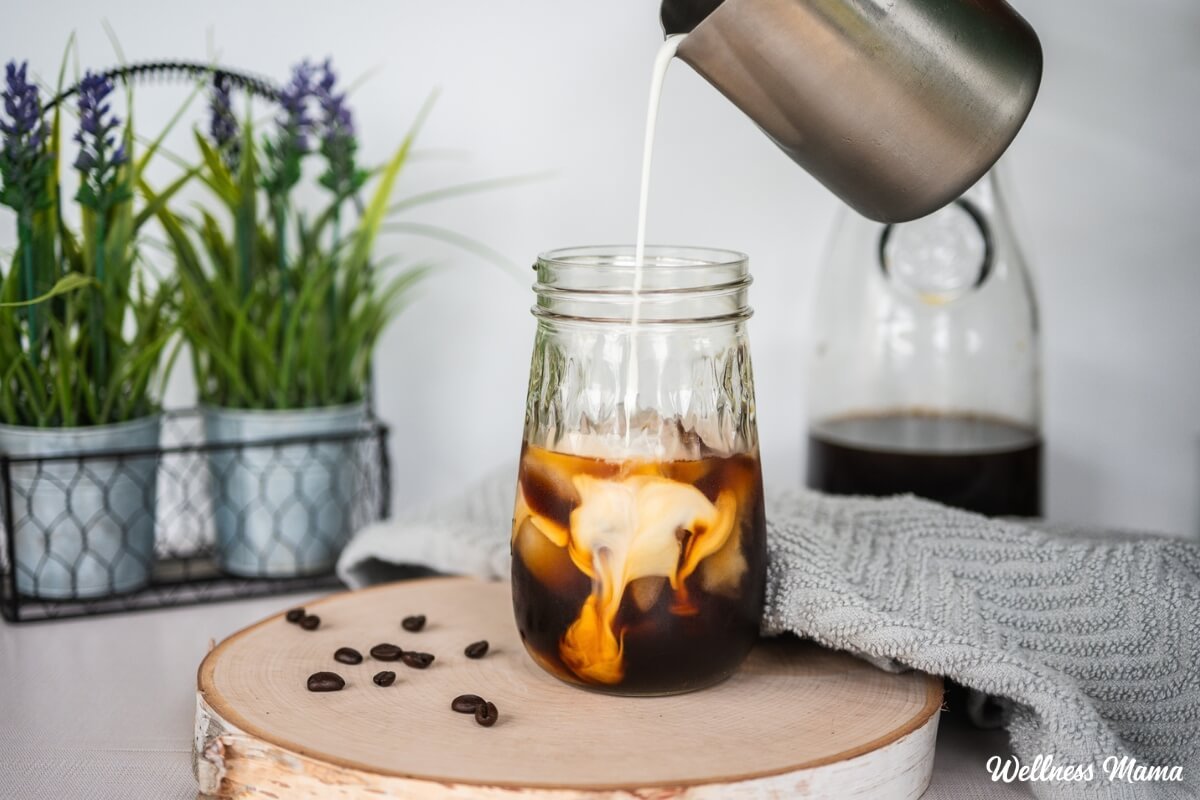
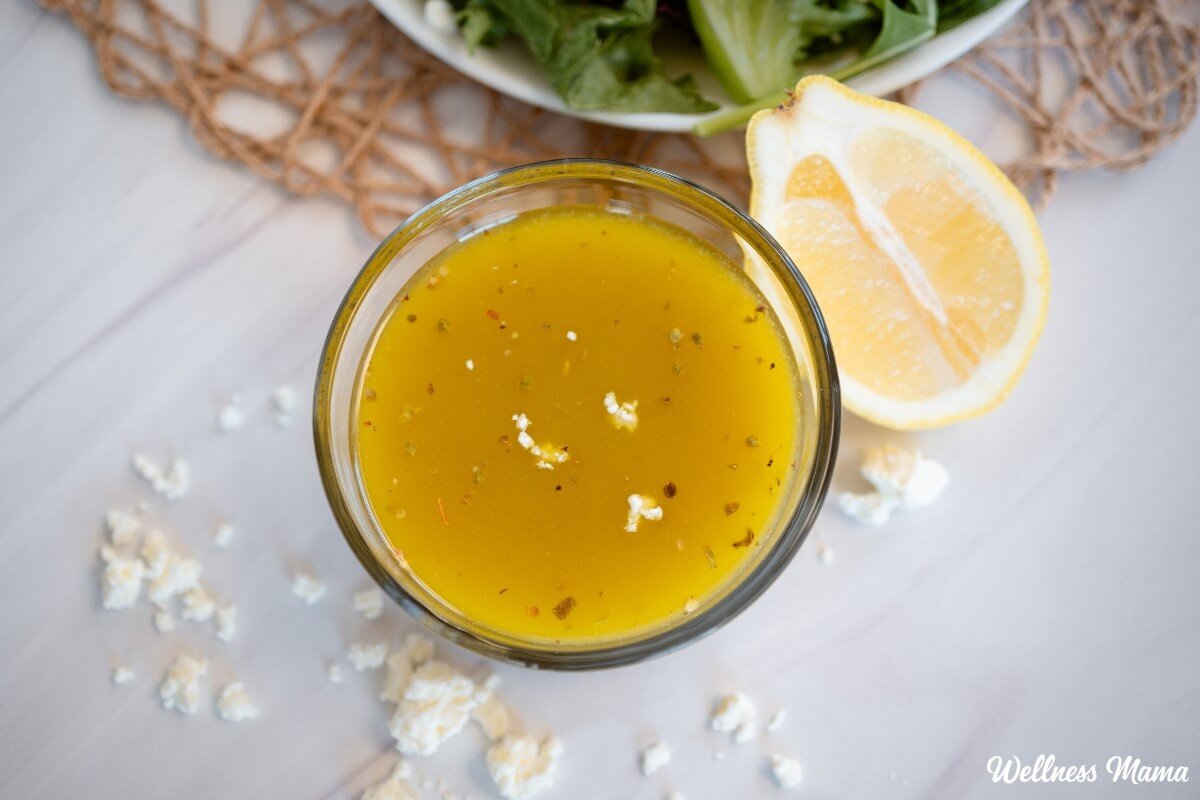
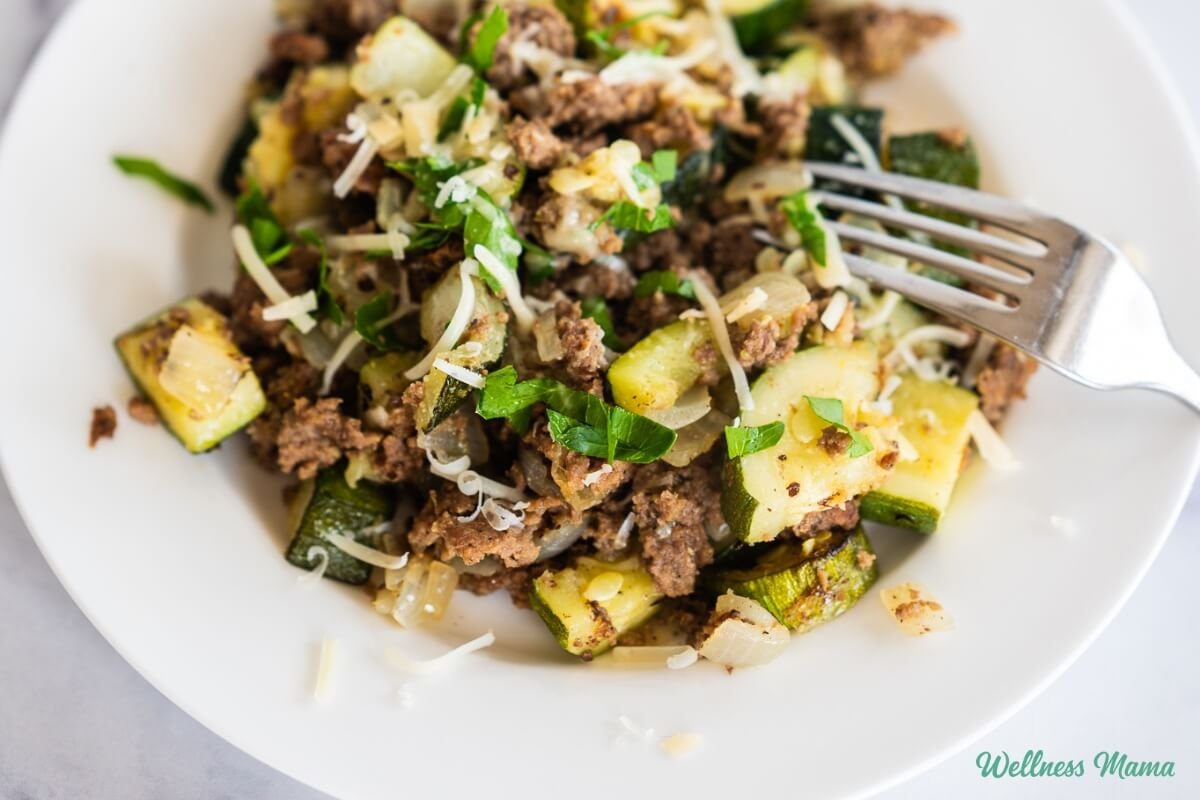

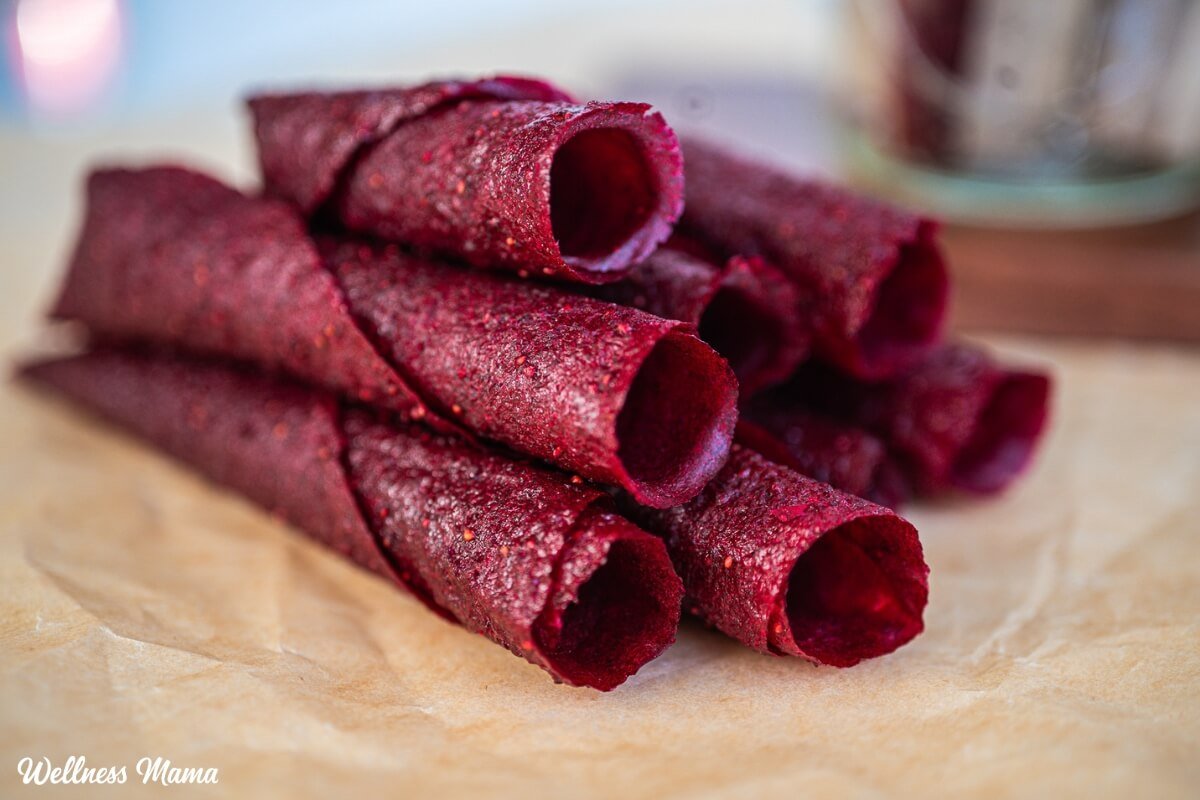


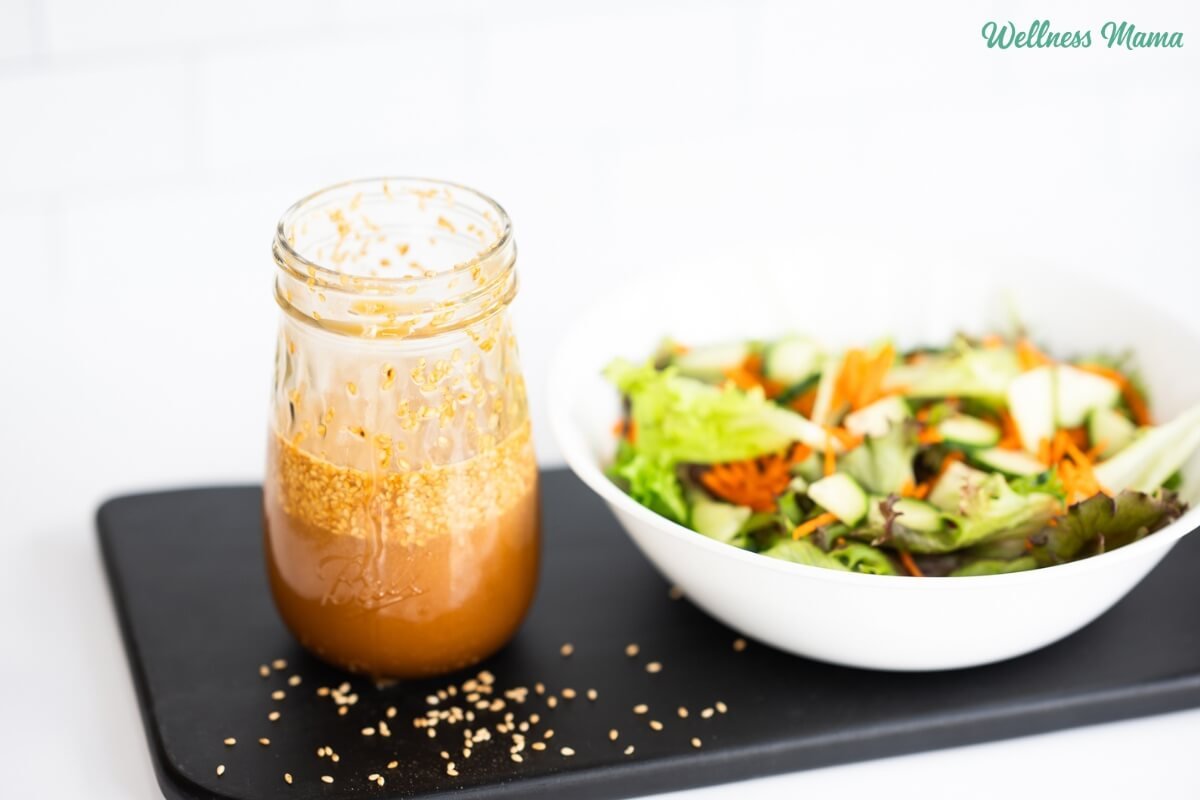

Leave a Reply